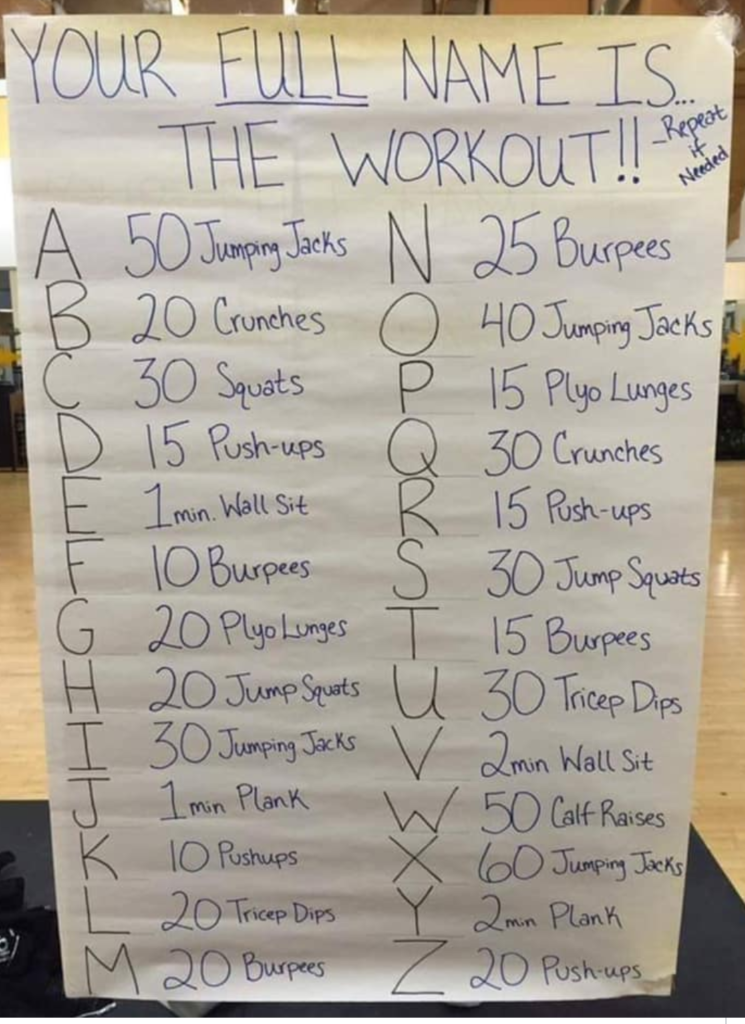
It's a great way to increase your muscle development by doing an upper and lower split workout. Split workouts last for three to four days. However, you can choose how many days you'd like to do them. Five or six days is a good amount of time to get a more intense training program. You will still have plenty of muscle mass although the volume may not reach as high.
For targeting major muscle groups you can do upper lower flips. This will increase strength and hypertrophy. It is also a great way for you to increase the variety of your upper body exercises. On each day of your workout, you'll be able use different exercises. It is a great way of building muscle while keeping your recovery periods consistent.
It is possible to maximize muscle growth by using an upper lower split. However, it can be difficult to achieve. It's possible to make some adjustments to your workout routine if you don't want to follow it. It's important to get enough sleep between workouts. You will need to recover between workouts if you want to build muscle.

It is also a good idea for your core to be strengthened. Core exercises are important because they help to support your movements. Core exercises also play a significant role in large-lifting. Core exercises can either be done once a week or used as an adjunct exercise to your other workouts. Rotational core exercises can be done, such as med ball rotational throws and woodchoppers.
You can work on both your upper and lower bodies with an upper lower split. You won't feel sore on your upper body days. On the other hand, your lower body days will have plenty of exercises that work your legs and glutes. They could include front squats and hamstring curls. On your lower body, deadlifts are also possible.
You should train each muscle group at least twice per week if you want to build muscle. This will allow you to gain the most strength, and hypertrophy. You may require more sessions per week if you are a skilled lifter. In order to overload your muscles, you may need to lift more weight.
For intermediate or beginner lifters, the upper lower split is an excellent option. This schedule is flexible and ideal for busy people. You can also choose from different types of periodization. You can also change up your upper lower split every few months or every 6-12 weeks. This allows for you to be flexible in your training and achieve your goals.

People who are looking to lose weight can also use the upper lower split. You can train each muscle group twice a week for optimal muscle growth and weight loss. In addition, you will have an additional day for abs, deadlifts, and other exercises.
FAQ
Do I need warmth before I exercise?
Warming up before you start an activity will reduce muscle soreness. You can use several methods to warm up: walking, running, jumping rope, stretching, and cycling are just a few examples. You can start slowly and increase your intensity gradually.
Is it safe and legal to exercise in cold conditions?
Outside exercise is encouraged whenever possible. However, the temperature of the air is not the only thing that can determine whether you are safe to exercise outdoors. Also, visibility, wind speed and humidity all play a significant role. Layers of clothing should be worn if you are exercising outside in inclement temperatures.
Can I exercise after eating?
It all depends on the type of exercise that you are doing. After meals, avoid strenuous physical activity because it could cause stomach cramps. Instead, focus on light aerobic activities like brisk walking or biking.
How many hours of rest should I get each evening?
The amount of sleep that is recommended for each individual depends on their age, gender and needs. Most adults need 7 to 9 hours of sleep per day. Teenagers and children need approximately 10 hours of sleep per day, although this number decreases with age.
Are there any exercises I should not do?
Before starting any new exercise program, you should consult your doctor. Some people have injuries or medical conditions that prevent them from doing certain types of exercise. Some activities also require special equipment. Swimming, for example requires a swimming suit and access to the water.
What happens if there isn't enough sleep?
Your brain won't receive enough sleep if it doesn't get the signals it needs to regulate hormones, chemicals that regulate appetite and metabolism. As a result, you may overeat and gain weight. You may also feel stressed, which can lead you to overeating.
Statistics
- Globally, 81% of adolescents aged 11-17 years were insufficiently physically active in 2016. (who.int)
- Adolescent girls were less active than adolescent boys, with 85% vs. 78% not meeting WHO recommendations of at least 60 minutes of moderate to vigorous intensity physical activity per day. (who.int)
- According to the Centers for Disease Control and Prevention, chronic diseases cause 7 out of 10 deaths in the U.S., and treating chronic diseases accounts for 86% of U.S. healthcare costs. (mana.md)
- In high-income countries, 26% of men and 35% of women were insufficiently physically active, as compared to 12% of men and 24% of women in low-income countries. (who.int)
External Links
How To
How to Lose Belly Fats More Fast
When we are trying to lose weight, belly fat is often seen as a problem. However, Belly Fat can be beneficial if you really think about it. Your organs are protected from being damaged by excess belly fat. Let's look at how to rapidly lose belly fat.
The two main factors that make us store body fat are stress and lack of exercise. Stress makes us feel hungry constantly because it stimulates the production of the cortisol hormone. Cortisol raises insulin levels. The insulin stores the excess calories as fat. Insufficient sleep can lead to an increase in appetite and adrenaline release. These extra calories can easily be lost through exercise.
There are many ways to reduce belly fat. Any one of these can be tried, depending on how much you have to spend. These are some great tips to help you lose belly fat fast.
-
Reduce your food intake. Instead of eating three large meals per day, try to eat smaller meals. This will result in fewer calories.
-
Get plenty of water. Water helps flush out toxins from the body and keeps you hydrated. Drinking water prior to every meal will ensure that you are satisfied for longer periods of time and won't eat too much.
-
Avoid snack foods that are unhealthy. If you're looking for quick fixes, snack foods like chips, cookies, candies, etc. might seem tempting. Avoid these unhealthy treats. They are full of empty calories, too much sugar, and can be very fattening. Choose healthy alternatives like fruits and vegetables, nuts, seeds, whole grains, and seeds.
-
Strength training should be performed at least 3 times per week. Strength training builds muscle mass that burns more calories, even when it is done while you rest. It strengthens bones muscles ligaments, tendons and the heart.
-
Stretching and walking are good habits. Stretching helps to improve flexibility and mobility, which reduces back pain. Walking is great for burning calories.
-
Reduce alcohol intake. Avoid alcohol.
-
Reduce your weight gradually. Finding out your current weight is the first step in losing weight. Then, add 5% to 10% to your body weight to get your ideal weight. Once you have determined your ideal weight, you can start to reduce your calorie intake by 500-1000 calories per day until you reach it.
-
Avoid processed foods. These foods are high-in salt, sugar, as well as preservatives. Processed foods are often very convenient but don't provide enough nutrients to keep you healthy.
-
Don't skip breakfast! Consuming breakfast increases concentration, memory and energy levels. Breakfast should contain protein (like eggs), fibre (like oats), as well as complex carbohydrates (like oatmeal).
-
Have regular bowel movements. Constipation and irregularity can cause gas and bloating. Drink plenty of water to prevent gas and fiber ingestion.